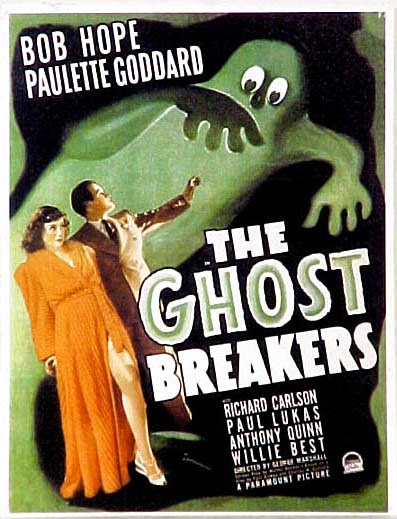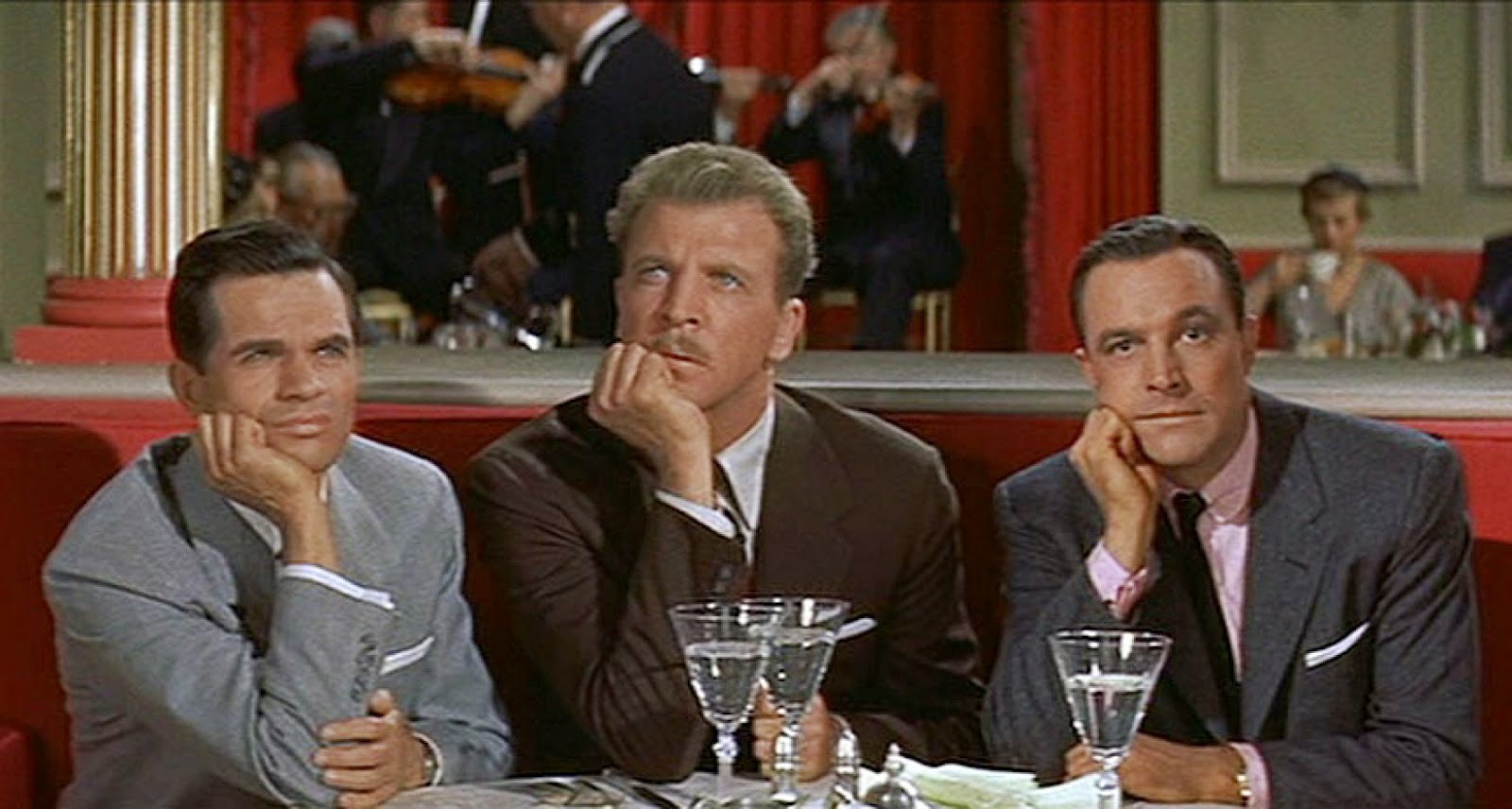There is simply a special feeling created by black-and-white
Christmas movies. I’m not sure if it’s the nostalgic look or the soothing tone
of these films, but they definitely get you in a certain mood.
For this month's blog post, I’ve chosen four titles that aren’t particularly well-known but
are worth a look, not just for their holiday spirit, but because of the quality
of the production, the performances of their stars, memorable comic moments, or just their
sheer watchability.
They span the decade between 1939 and 1949. The first two
were made before the United States got into a world war, so they’re rooted in
that pre-war period when the country was coming out of an economic depression. The
third was made in the middle of the decade and the last year of the war; a
war veteran figures prominently. The fourth was made in the last year of
the 1940s, and it has a different tone; its main character is a war widow, and
the picture’s mood is a little more sedate.
What they all have in common is a light touch that will add warmth
to your holiday movie watching.
"Bachelor Mother" (1939) – As a salesgirl at Merlin and Son department store, Polly Parrish
(Ginger Rogers) has a lot going for her. She’s got a good job, she’s cute as a button, and she's generally enjoying life as a single gal.
Until she finds out that, after Christmas, she’s going to lose her job. Not a great thing to happen during the Great Depression.
Until she finds out that, after Christmas, she’s going to lose her job. Not a great thing to happen during the Great Depression.
Dejected, she takes a lunch break and sees a
desperate-looking woman leaving a baby on the steps of an orphanage. Before
Polly can get to her, the woman is gone. Polly stoops to make sure the baby
won’t roll down the steps, but when the orphanage door opens, the proprietor
automatically assumes that Polly is the baby’s mother.
Polly can’t seem to talk her way out of the situation, so she reluctantly assumes care of the baby in her small apartment.
Meanwhile, the “Son” in Merlin and Son, David Merlin (David
Niven), learns of her situation and takes pity on this 'unwed mother.' He
secures her old job and even helps out with the baby. It's around this time that David's father (Charles Coburn) assumes that David is the father. While he's not happy with the situation as he sees it, he rather likes the idea of being a grandpa.
 |
| Ginger Rogers pretends to be Swedish. |
The film is a conventional comedy-romance, but it’s also a
special holiday treat. From the studio back lot
snowfall, the charming tinseled trees and decorations, and the nostalgic toys in
the store (note the Donald Duck product placement for Disney), this is a warm
evocation of Christmas and the big city in the 1930s. While it’s part of
the past, it’s still a relatable story.
"Remember the Night" (1940) – Lee Leander (Barbara Stanwyck) ambles down a crowded street at Christmastime and jauntily walks into a jewelry shop. She's a shoplifter, and she snags a handsome bracelet. But Lee doesn't get too far, the cops are on her, and the next thing she knows, she’s in jail.
Assistant D.A. John Sargeant (Fred MacMurray) is assigned to prosecute her, and the trial is set to begin just before Christmas. John takes pity on Lee and gets the trial postponed, posting her bail so she won’t spend the holiday in a cell block. Lee is grateful, but with reservations; she's simply not used to kindness.
Assistant D.A. John Sargeant (Fred MacMurray) is assigned to prosecute her, and the trial is set to begin just before Christmas. John takes pity on Lee and gets the trial postponed, posting her bail so she won’t spend the holiday in a cell block. Lee is grateful, but with reservations; she's simply not used to kindness.
As he gets ready to drive to his mother’s farmhouse in
Indiana, John learns that Lee is going the same direction, so he offers to give her a
lift to her mother’s home. But during the trip, they inadvertently crash
through a fence and get stuck in a seemingly remote Pennsylvania field. In the
morning, the landowner arrests them for trespassing and hauls them off to a
justice of the peace by gunpoint. While the justice prepares to arrest them, Lee starts a fire in
a garbage can to create a distraction, grabbing John and fleeing in his car.
Shaken by what’s happened, they eventually arrive at the
rundown house where Lee’s mother lives. John sees for himself that Lee's
wayward life may be connected to the fact that her mother is a mean, bitter
woman who shows her no affection.
Taking pity again, John offers to take Lee to his mother’s
home as his guest. When they arrive, John’s mother (Beulah Bondi) warmly greets
them both.
 |
| Christmas with the old folks at home. |
John tells his mother about Lee's past, so his mother finds the right moment to take Lee aside to encourage her to do the right thing; John has worked so hard to become Assistant
D.A., and nothing should throw him off course.
On the way back to New York, John and Lee go through Canada
in order to avoid the possibility of arrest in Pennsylvania. Stopping at Niagara Falls, he offers her the
chance to flee on her own, but she doesn’t take him up on it—which means she’ll go
back to New York and face a jury after all. You can watch to see for yourself what happens.
This is a simple story that takes its time to create a
special mood, especially once John and Lee arrive at his mother’s home. Stanwyck
is typically gritty but sympathetic as Lee; MacMurray is affable as always, but
seems like a guy who wants to do the right thing without being a sucker. Beulah
Bondi made a career out of playing warm-hearted mothers; you may know her as
James Stewart’s mom in “It’s a Wonderful Life,” and she's hard not to love.
Side note: Astute listeners will recognize Sterling Holloway, as John’s goofy cousin Willie, as the future voice of Winnie the Pooh.
Side note: Astute listeners will recognize Sterling Holloway, as John’s goofy cousin Willie, as the future voice of Winnie the Pooh.
"Christmas in
Connecticut" (1945) – Typical of the lightweight, corny comedies that
Warner Brothers turned out during WWII, there is somehow something
special about "Christmas in Connecticut." Maybe it's due to the effortless performances of it stars and
its bright, cozy production design, which evokes a particular time and season in such an appealing way.
Elizabeth Lane (Barbara Stanwyck) is a popular columnist for a
women’s magazine. She writes about food and her lovely home in Connecticut with
her husband and baby. Her readership adores her. (Think Martha Stewart
before jail.)
The problem for Elizabeth is that she lives in an apartment
in New York City, is single, has no baby, and doesn’t know how to cook. The
magazine’s publisher (Sydney Greenstreet) is unaware of any of this, and
insists that she host a special dinner for a war hero on Christmas Eve as a publicity stunt.
How can she say no? And how can she find a Connecticut
farmhouse, a husband, and a baby in time? (Not to mention learn to cook?)
First she secures the quaint Connecticut farmhouse of her friend John
(Reginald Gardiner). Then she plans to marry John to get an instant husband.
(They can divorce later.) And to prove she can cook, she’ll get help from the
chef (S.Z. Sakall) who’s been the source of her “custom” recipes all along.
When war veteran Jefferson Jones (Dennis Morgan) arrives at
the farmhouse, the charade is off to a fairly good start, until Elizabeth has to
bathe the baby. She has actually never bathed one before, but before the
truth comes out, Jefferson takes over and proves he has a way with children.
 |
| She can't cook, but maybe she'll have luck with flipping her flapjacks. |
The story is easy to take, its mistaken identities and
contrived circumstances buoyed along by the fine playing of its stock cast, who all seem to be having a good time. Part of the appeal of the film
is how atmospheric it is. Most of the action takes place in the farmhouse, and
the sets are roomy and comfortable, capturing the brightness of big windows
catching the light of a perfect snowfall. It’s a place that Martha Stewart
would be happy with—even if it’s all on a studio backlot.
"Holiday Affair" (1949)
– This is one of the best classic Christmas movies you’ve probably never
heard of. And since other titles in the classic Christmas canon, such as
“Miracle on 34th Street” and “It’s a Wonderful Life,” have been overplayed for
years, maybe it’s a good thing.
Here we have Connie (a very young Janet Leigh), who is a
covert comparison shopper for a department store. While spying in Crowley’s, a
rival store, she buys a toy train to examine.
While on her train-buying mission, she’s found out by a Crowley’s clerk named Steve (Robert Mitchum). But rather than revealing her to
management, he lets her go—which gets him fired.
Connie feels sorry for him and invites him for Christmas
dinner with her son Timmy (Gordon Gebert) and stuffy fiancé Carl (Wendell Corey).
When Steve learns that Timmy thinks the train—which was
hidden in Connie’s bedroom—is his Christmas gift, Steve decides to buy it for
him, knowing that Connie can’t afford it. (She was planning on returning it.)
 |
| Comparison shopping never looked so good. |
Meanwhile, Steve has fallen for Connie, and makes his
feelings known to Carl, who is none too pleased. Connie is ambivalent
about Carl, yet racked with guilt about her burgeoning feelings for Steve. She’s a single mother and a war widow who
just wants the best for Timmy (who wants Steve for his step-father).
The movie really is just about the complications that ensue
among four people and a train set. But perhaps it’s the simplicity of the
story, the clever and solid screenplay, and the effortlessly smooth work from
its stars (especially Leigh and Mitchum) that make it work so well. It's a nostalgic
heart-warmer that avoids overt sentimentality while capturing the tone and spirit of a post-war America.
While these four movies are not works of great cinematic
art, they stand as undiscovered Christmastime gems and fine examples of crowd-pleasing
entertainment of the Hollywood studio era, perfect for viewing at this special time of year.
Happy holidays from In a Movie Place!
























